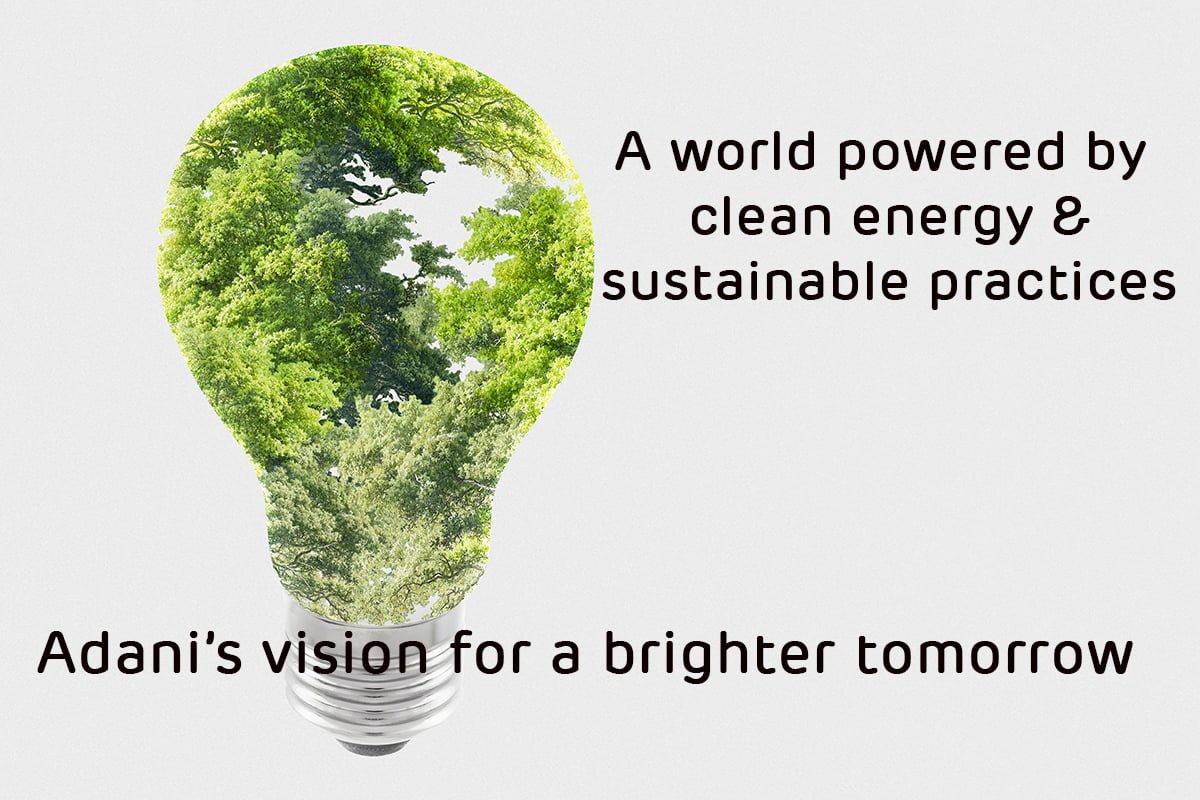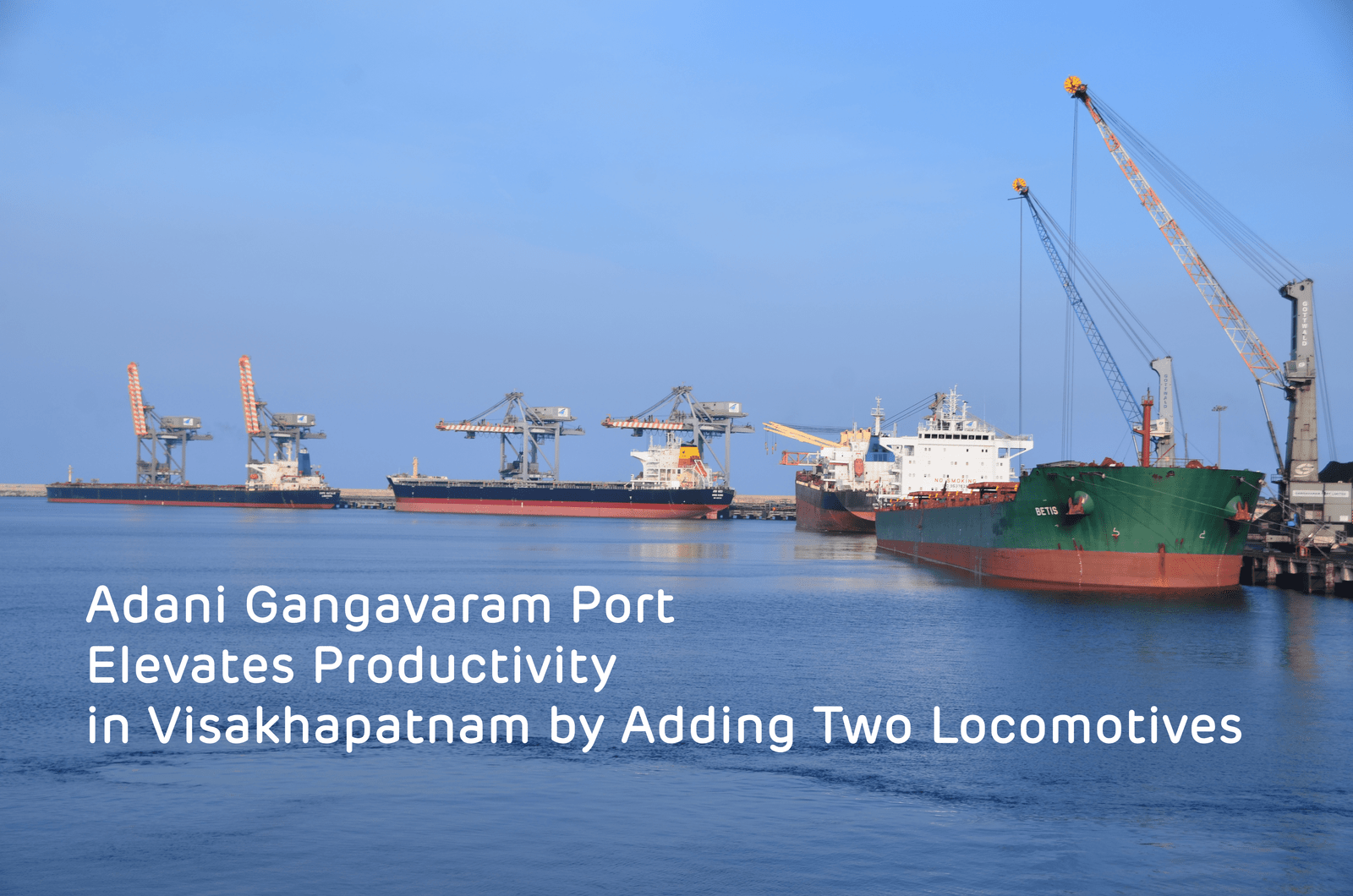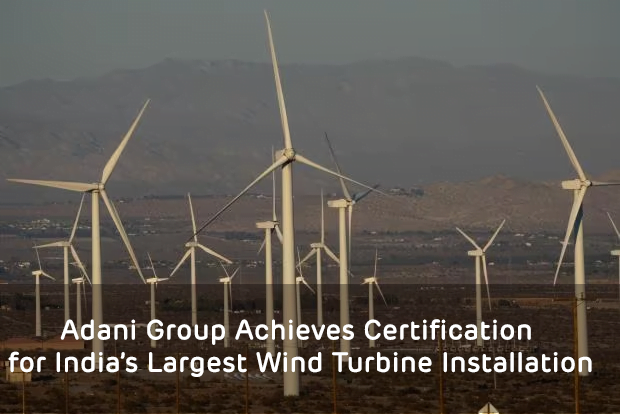The need for an alternate trade route was never as urgent as it is today. Increasing attacks by Yemen-based Houthi militants on the Red Sea has global leaders deliberate on why the India-Middle East-Europe Economic Corridor (IMEC) can be a solution. It is time to seize the moment and establish this supply route.
Speaking on the sidelines of the World Trade Organization meeting in Abu Dhabi in the last week of February, India’s ambassador to the UAE Sunjay Sudhir asserted the importance of India and the UAE joining hands to make the route a reality, given the volatile situation in the Red Sea. Prime Minister Narendra Modi was in UAE last month to sign a framework pact, following which the Union Ministry of Ports, Shipping and Waterways has started talks with Abu Dhabi’s port.
According to news reports, the Houthis are using drones and missiles on commercial ships as retaliation for Israeli attacks on Palestinians in Gaza. As a result, many shipping companies have been forced to suspend their operations in the Red Sea region. They are now taking longer routes to reach their destinations in the Middle East and Europe. Estimates suggest this is one of the world’s busiest cargo transit points, with almost 12% of the international trade passing through.
As far as India is concerned, almost all of its trade with Europe crosses this channel, making the IMEC project very important. According to the Ministry of External Affairs, IMEC will comprise two corridors – the east corridor connecting India to the Gulf and the north corridor connecting the Gulf to Europe. The corridor aims to provide a reliable and cost-effective cross-border ship-to-rail transit network to supplement the existing maritime routes.
Highlighting the importance of the IMEC project during her budget presentation, Finance Minister Nirmala Sitharaman emphasised how it will reform trade and bolster cultural and diplomatic ties between member nations. According to a news report, the corridor aims to connect important Indian ports to major ports in the Middle East. Rail connectivity will extend from Fujairah port (UAE) to Haifa port (Israel) via Saudi Arabia (Ghuwaifat and Haradh) and Jordan; finally, Haifa port will be connected to Greece’s Piraeus port – the key objective being transport connectivity leading to flourishing business.
Most ports along India’s 7,516 km-long coastline are owned by the Union government. Among the private players, the Adani Ports and Special Economic Zone Limited (APSEZ), promoted by the Adani Group, is India’s largest port developer and operator. APSEZ has developed a string of ports across the Indian coastline to promote trade, connecting the country to the complex global logistics supply chain. Presently, APSEZ is operating 13 state-of-the art ports/terminals in 8 maritime states (Gujarat, Goa, Kerala, Andhra Pradesh, Maharashtra, Tamil Nadu, Odisha and Puducherry), accounting for around one-fourth of the country’s total port capacity.
Nearly, 52% of the company’s port capacity is on the west coast and the rest on the east coast. The company aims to evolve as India’s largest integrated transport utility and the world’s largest private port company by 2030. Its international operations include the Haifa Port in Israel (acquired in 2023) and the development of a container terminal in Colombo, Sri Lanka (under construction), for which it secured U.S. aid of $553 million.
Once the IMEC begins operations, it will prove to be a gamechanger because it will reduce the passage time between countries and significantly reduce the cost incurred on transit, enhancing trade relations with European nations.










